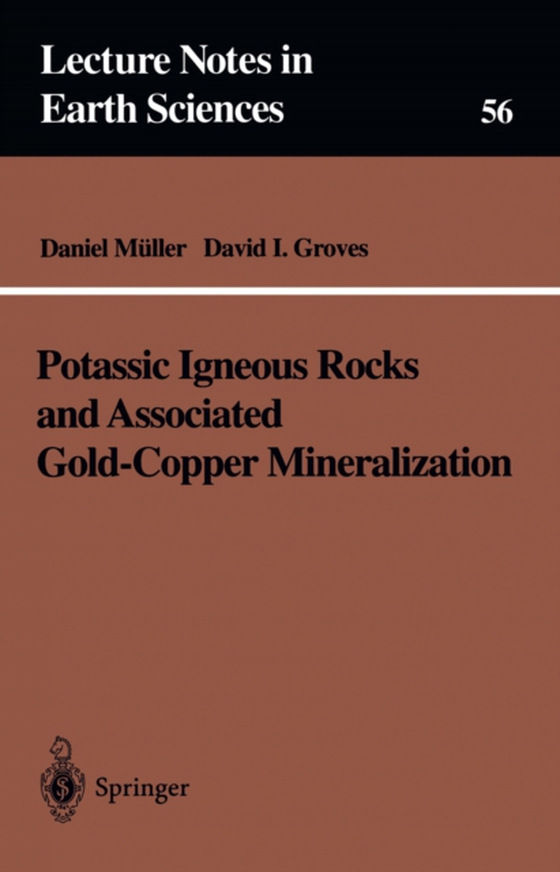
Potassic Igneous Rocks and Associated Gold-Copper Mineralization e-bog
692,63 DKK
(inkl. moms 865,79 DKK)
In recent years, there has been increasing interest from geoscientists in potassic ig- neous rocks. Academic geoscientists have been interested in their petrogenesis and their potential value in defining the tectonic setting of the terranes into which they were intruded, and exploration geoscientists have become increasingly interested in the association of these rocks with major epithermal gol...
E-bog
692,63 DKK
Forlag
Springer
Udgivet
17 april 2013
Genrer
Geology, geomorphology and the lithosphere
Sprog
English
Format
pdf
Beskyttelse
LCP
ISBN
9783662009208
In recent years, there has been increasing interest from geoscientists in potassic ig- neous rocks. Academic geoscientists have been interested in their petrogenesis and their potential value in defining the tectonic setting of the terranes into which they were intruded, and exploration geoscientists have become increasingly interested in the association of these rocks with major epithermal gold and porphyry gold-copper deposits. Despite this current interest, there is no comprehensive textbook that deals with these aspects of potassic igneous rocks. This book redresses this situation by elucidating the characteristic features of potassic (high-K) igneous rocks, erecting a hierarchical scheme that allows interpre- tation of their tectonic setting using whole-rock geochemistry, and investigating their associations with a variety of gold and copper-gold deposits, worldwide. About two- thirds of the book is based on a PhD thesis by Dr Daniel Muller which was produced at the Key Centre for Strategic Mineral Deposits within the Department of Geology and Geophysics at The University of Western Australia under the supervision of Professor David Groves, the late Dr Nick Rock, Professor Eugen Stumpf!, Dr Wayne Taylor, and Dr Brendon Griffin. The remainder of the book has been compiled from the literature using the collective experience of the two authors. The book is dedi- cated to the memory of Dr Rock who initiated the research project but died before its completion.
 Dansk
Dansk

